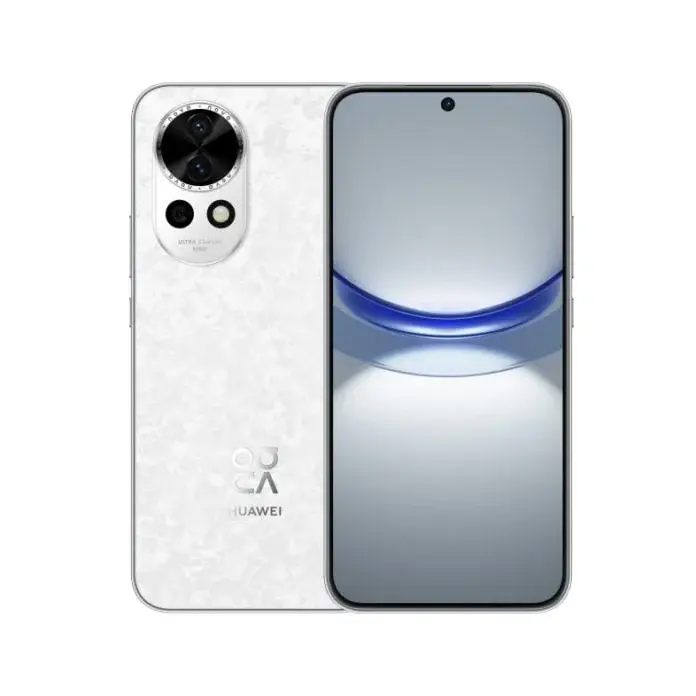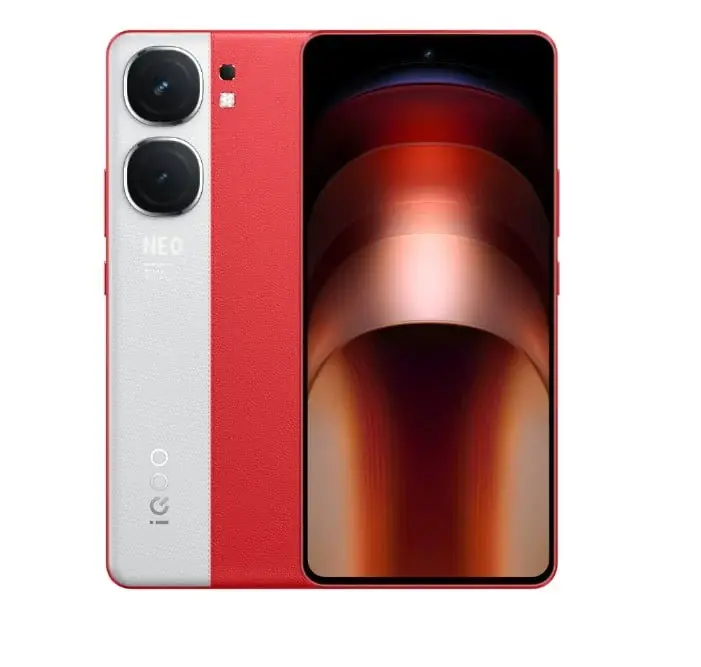Huawei Nova 12 Ultra: Specifications and Price Overview
Huawei has recently introduced the Nova 12 series in the Chinese market, unveiling the Nova 12 Ultra as its flagship model. Let’s delve into the details concerning the specifications and pricing of the Huawei Nova 12 Ultra.
Price Points and Color Variants
Presenting in three distinct colors – Black, Blue, and Gray, the Nova 12 Ultra offers consumers a choice in aesthetics. Available in two storage capacities – 512GB and 1TB, the 512GB version is priced at 4,699 Yuan (around 658 USD) while the 1TB edition is listed at 5,499 Yuan (approximately 769 USD).
Design and Display Features
Boasting a 6.76-inch OLED display with Full HD+ resolution and a speedy 120Hz refresh rate, the Huawei Nova 12 Ultra is equipped with protective Kunlun glass, ensuring durability. Weighing a mere 198 grams and slender at 7.68mm, the device is both lightweight and stylish.
Performance Specifications and Software Capabilities
The Nova 12 Ultra operates on a Kirin 9000SL chipset, backed by a generous 12GB of RAM and storage capacity of 1TB. Incorporating 5G connectivity through the 9000SL chipset, users can relish swift network services, along with satellite connectivity features. The device runs on HarmonyOS 4.0, Huawei’s bespoke operating system.
Imaging Capabilities
Featuring a triple-camera configuration on the rear, spearheaded by a 50MP primary sensor, the Nova 12 Ultra also includes an 8MP ultrawide lens and a macro shooter. The main camera boasts a variable aperture ranging from f/1.4 to f/4.0, enhancing low-light performance, complemented by 2x optical zoom and 5x digital zoom capabilities. Front-wise, the device houses a 60MP ultra-wide angle selfie camera and an 8MP portrait camera, both equipped with autofocus capabilities.
Battery Life and Extra Functionalities
The Nova 12 Ultra comes with a robust 4600mAh battery supporting 100W fast charging. In addition, noteworthy features include an in-display fingerprint sensor, dual SIM support, gesture navigation, face unlock, Bluetooth 5.2 compatibility, and a variety of audio codecs.
Bringing together a blend of top-tier specifications and an elegant design, the Huawei Nova 12 Ultra caters to both photography aficionados and power users, offering a high-end smartphone experience.










